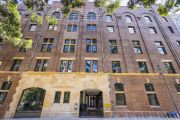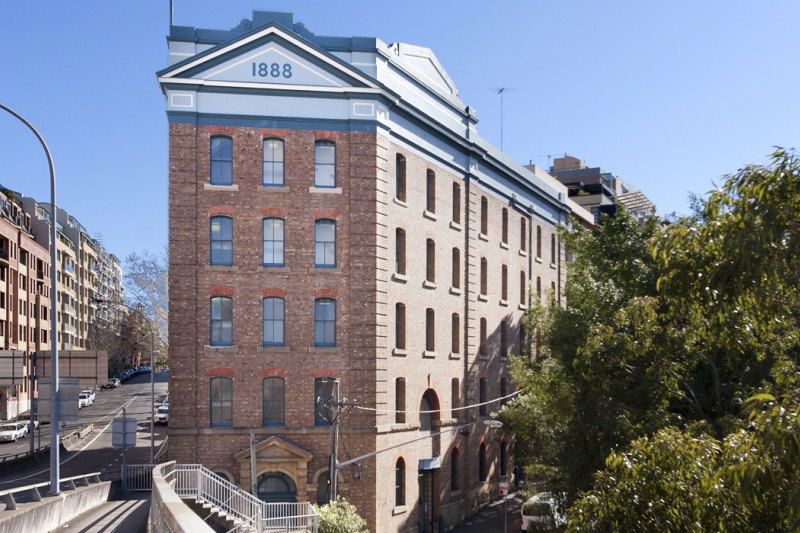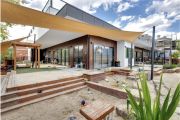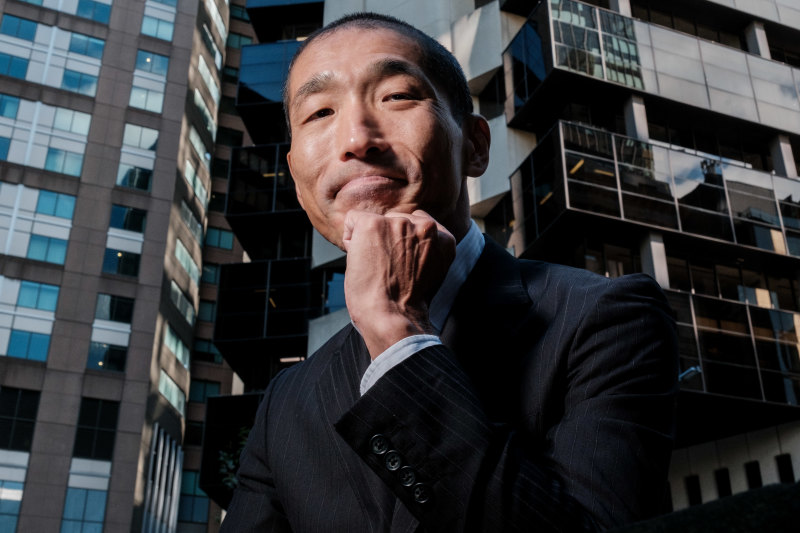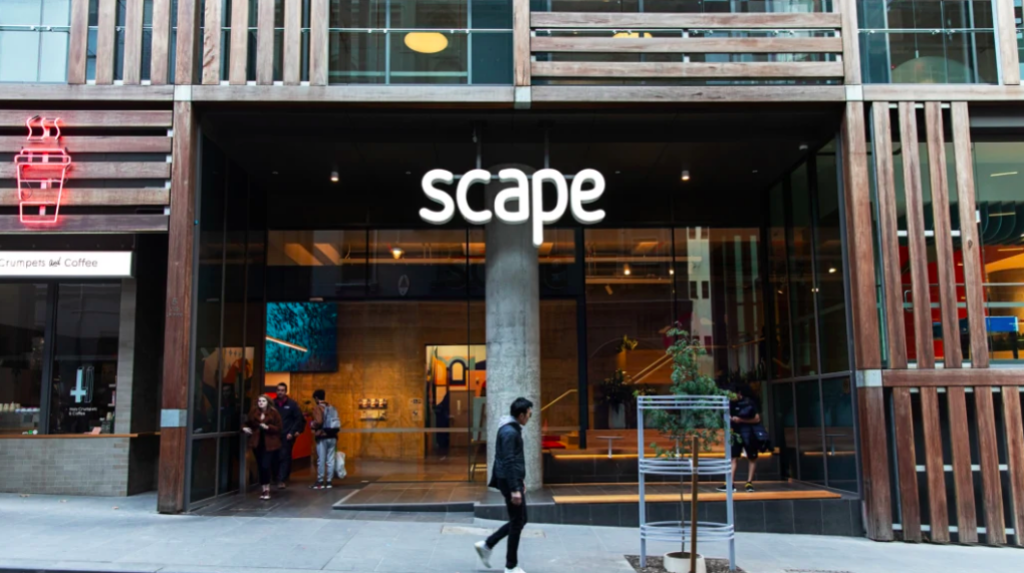
Is student accommodation set to soar in larger regional cities in Australia?
An increase in student numbers, a trend toward studying away from home and a lack of investment by universities in on-campus accommodation may create the ideal conditions for a boom in third-party student accommodation developments in Australia’s ‘university cities’ within the next decade.
Student accommodation has been growing at clip along the east coast capital cities for the past decade, buoyed by strong demand from international students. Yet, developments outside of cities like Sydney, Melbourne and Brisbane have been few and far between.
“Regional universities have, in the past, provided accommodation themselves and private groups have focused on the east coast capital cities because that’s where institutional money has tended to go,” explained Paul Savitz, director of Student Accommodation at Savills.
But student accommodation providers have been investigating opportunities in regional cities like Wollongong, according to Mr Savitz.
“We are seeing groups look outside of capital cities,” he said.
While in many cases the “development feasibility” of sites in these cities would still favour residential construction over student accommodation, Mr Savitz said that this was likely to change within the next five to 10 years.
“All of the regional universities have got growth targets to grow their enrolment base, which will feed into the interstate and international student market, and those students will all need accommodation. Add that to population growth in those regional centres and it’s clear that the demand will be there.”
Despite the common perception that international students are the principal driver of demand for student accommodation, Mr Savitz said that domestic students made up a significant proportion.
“A lot of people think student accommodation is just for international students, but domestic students are looking to move city to city rather than just going to the university in their home town. There are 120,000 of these ‘mobile’ domestic students across Australia. About 17 per cent of all domestic students live out of home, and a lot of them are based in regional areas, with that figure growing since 2012.”
Adding further weight to his prediction is the fact that many regional universities will increasingly prioritise funding of research and teaching resources over student accommodation services in response to successive federal government funding cuts.
“Universities will increasingly be looking to the private sector to help fund that gap in accommodation,” he said.
Among the cities likely to be in the sights of student accommodation developers are Wollongong and Newcastle in NSW and Geelong in Victoria (where Deakin University has a campus).
“Wollongong has a strong international cohort, while Geelong also has a very big university student population. With Newcastle looking to move its campus into the CBD that will only put more pressure on accommodation,” he said.
Those predictions could be about to be put to the test, with a site in Wollongong with DA approvals for a mixed-use, student accommodation development or boarding house, recently being listed by JLL Sales and Investments directors Dylan McEvoy and Gordon McFadyen.
The property at 9 Crown Lane, Wollongong, has been approved for a nine-storey complex with 95 studios including 240 square metres of ground-floor commercial space and two levels of basement parking for 25 cars.
Mr McEvoy said that the prospects for such assets in university hubs such as Wollongong were positive.
“There is strong evidence that yields are contracting in boarding-house assets, given the weight of capital that has entered the market, we expect this to continue across the sector throughout the next three to five years,” he said.
Mr McFadyen said that investors and developers would likely be attracted to the overall growth prospects in Wollongong, as well as the strong international reputation of Wollongong University, which currently has 37,000 enrolled students.
“The Wollongong population is expected to grow by 20.65 per cent between 2020 and 2036,” Mr McFadyen said.
“There is growing residential housing demand, with strong investor and developer demand to be close to major city centres throughout Australia. This is a fantastic opportunity to secure premium development land with a DA approval in the heart of Wollongong CBD.”
9 Crown Lane, Wollongong is set to go under the hammer on Tuesday, March 17.
Get a weekly roundup of the latest news from Commercial Real Estate, delivered straight to your inbox!
